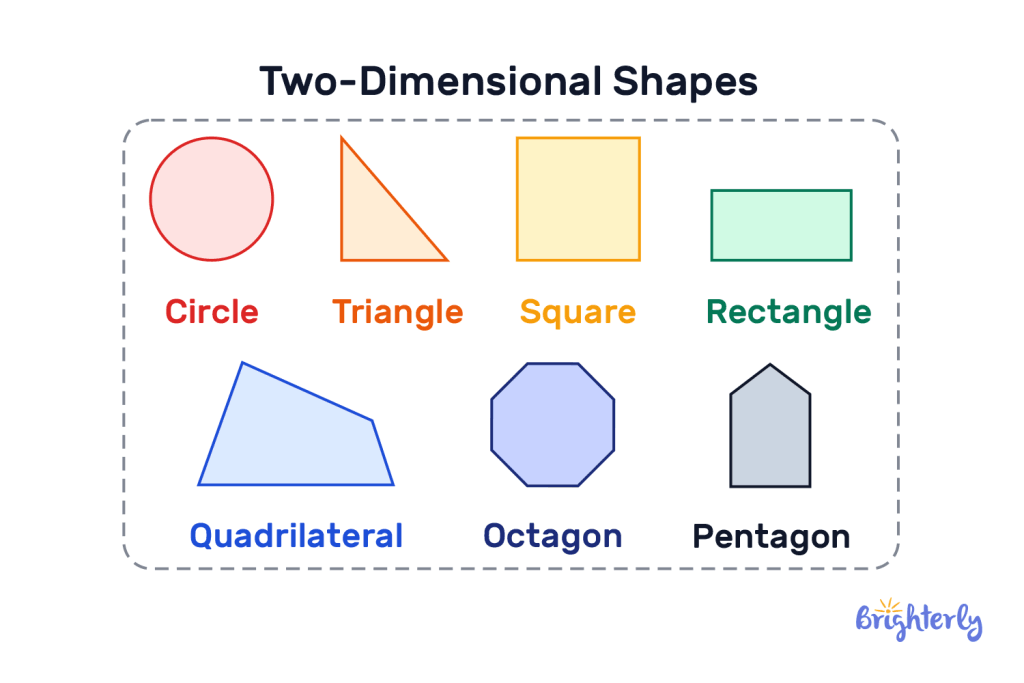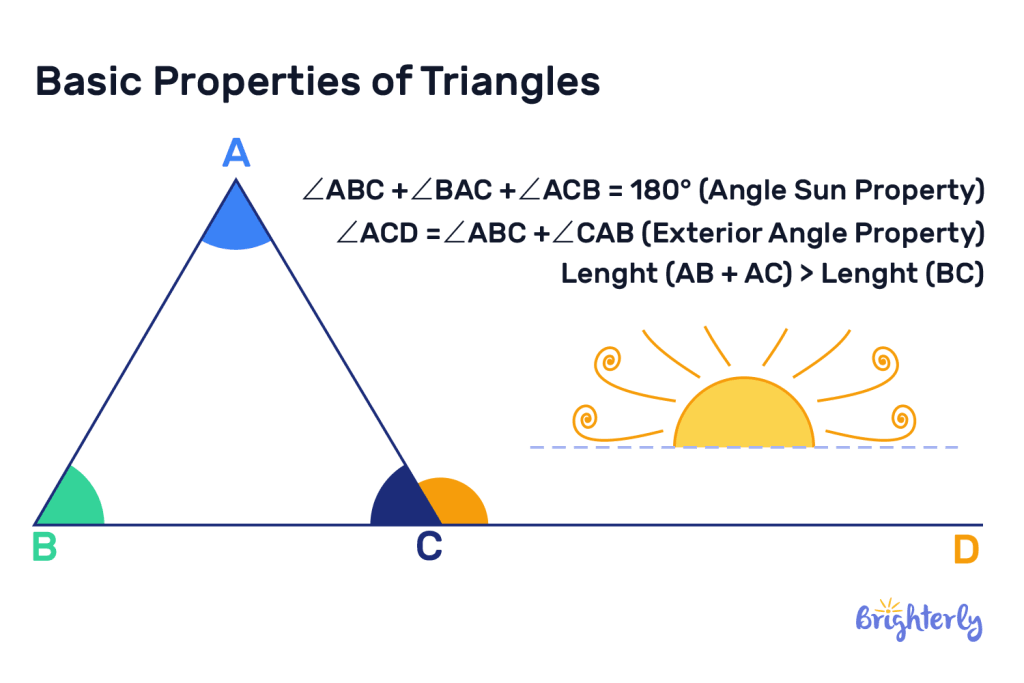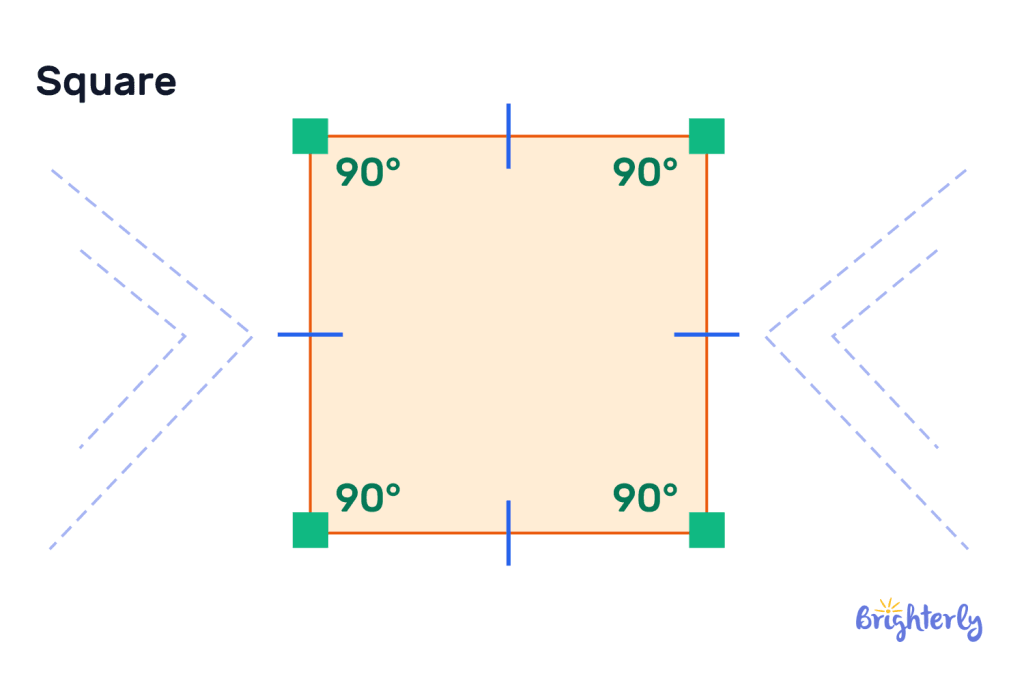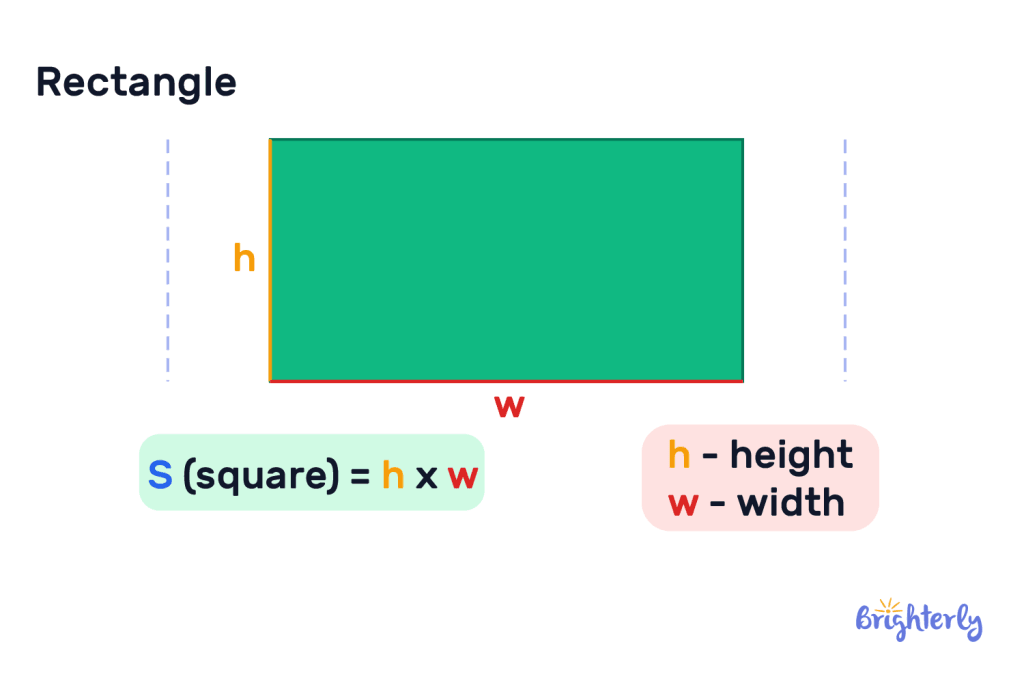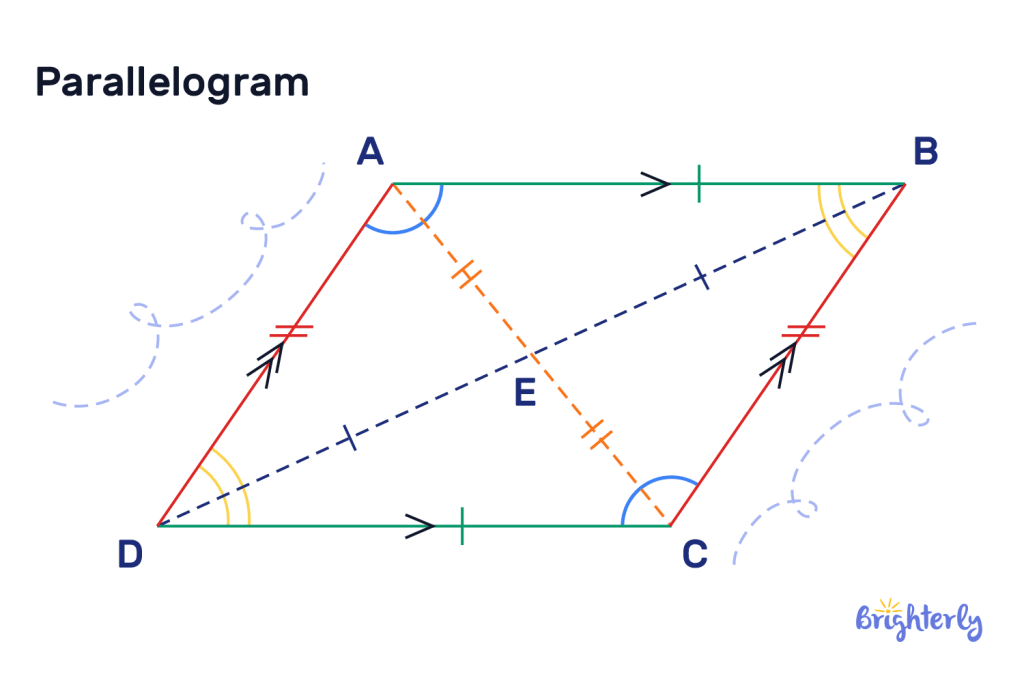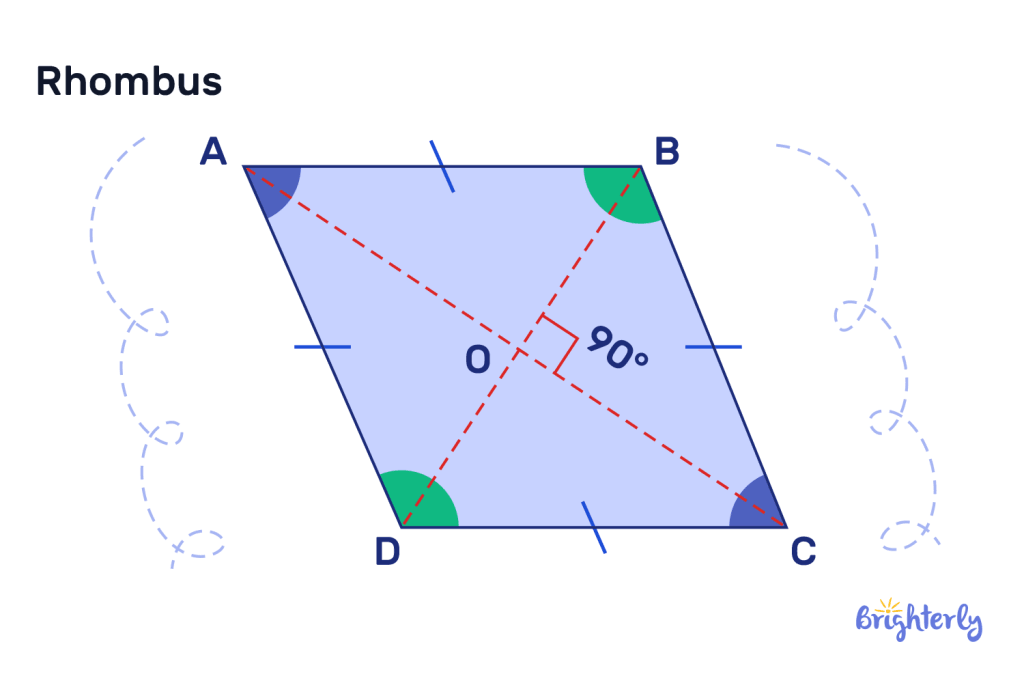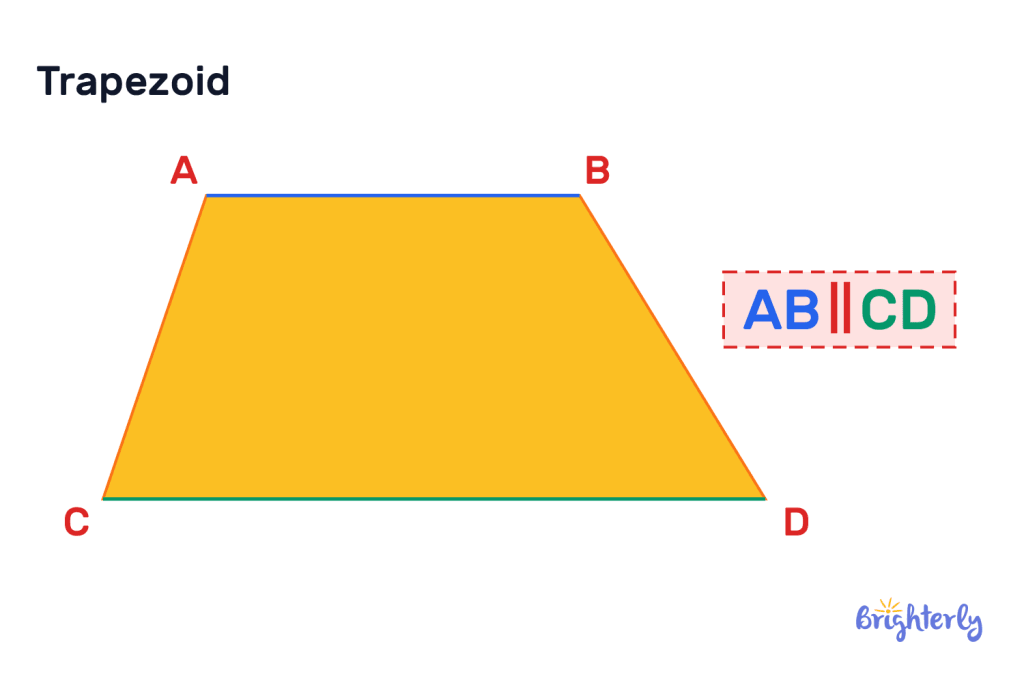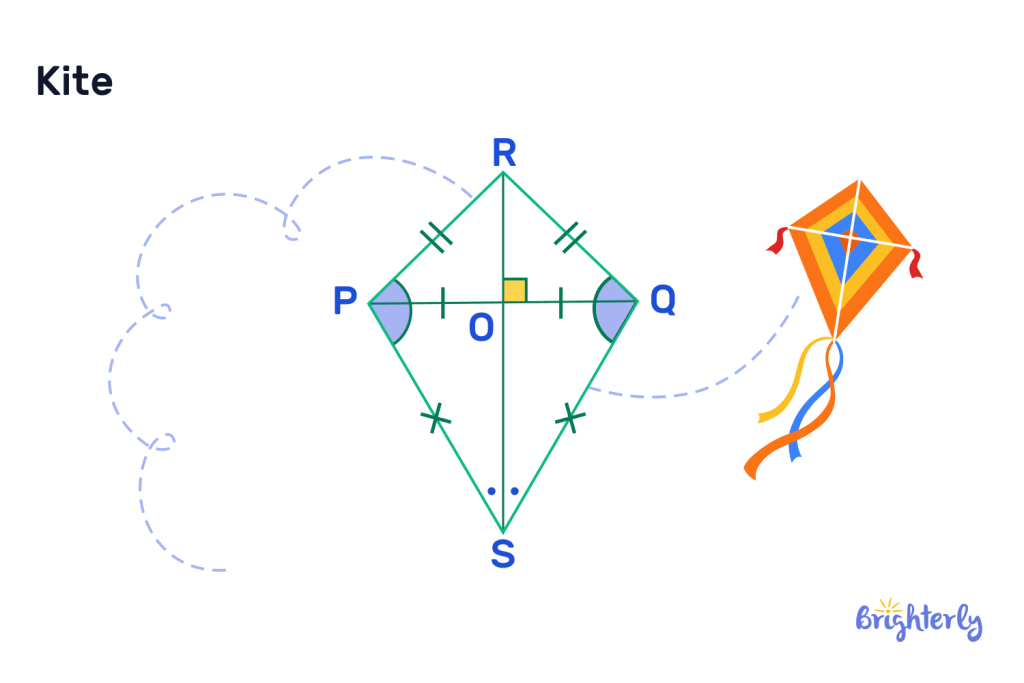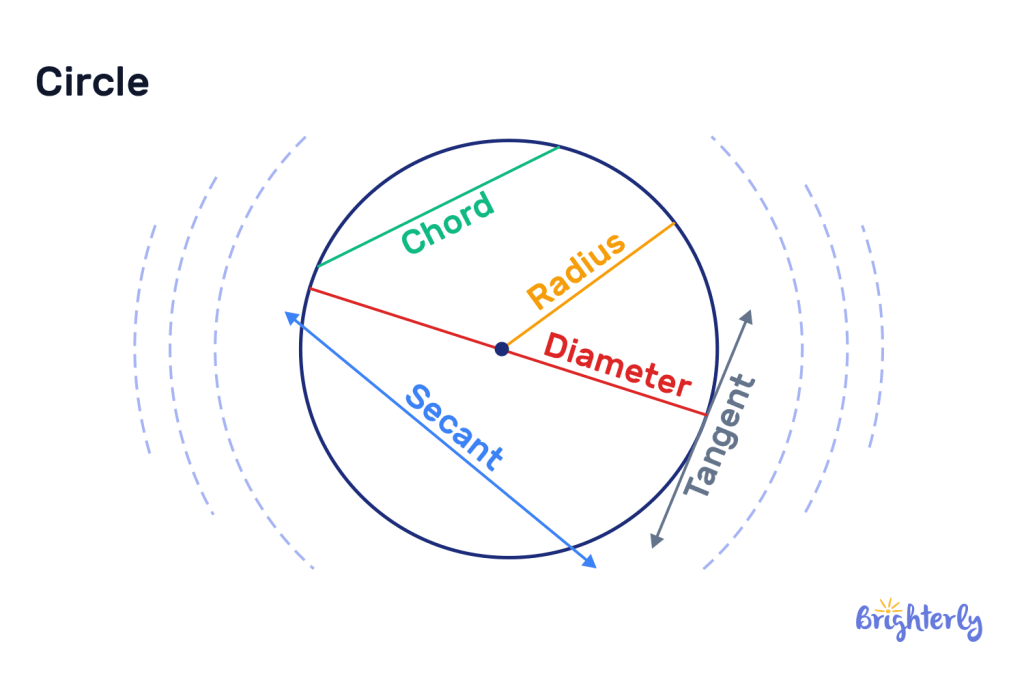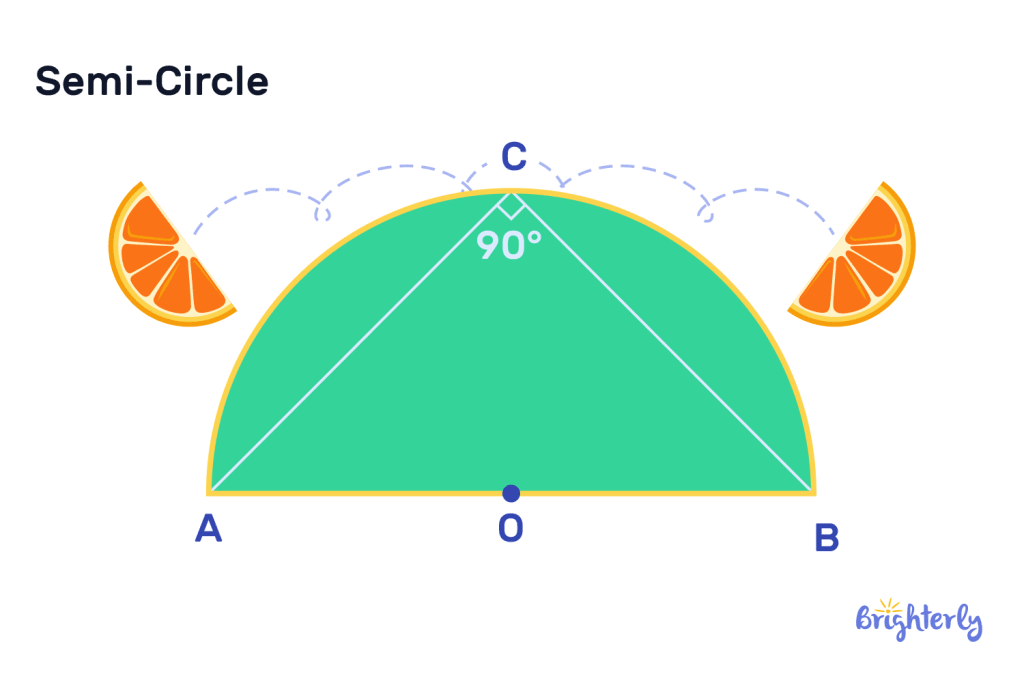2D (Two Dimensional) Shapes – Definition With Examples
reviewed by Jo-ann Caballes
Updated on July 15, 2025
Kids learn about two dimensional shapes early in math, which helps them understand basic geometry. These shapes are flat and only have length and width, which makes them easy for students to work with. However, that doesn’t mean you won’t find kids struggling with 2D math problems in your classroom.
Therefore, in this blog post, we’ll explain two dimensional shapes, look at different kinds of them, give some examples, and include practice problems to help your students learn.
What Are Two Dimensional Shapes?
2 dimensional shapes are flat shapes with only length and width (like rectangles or circles). They don’t have any thickness or depth, so you can’t hold them in your hand. Imagine a sheet of paper—it’s flat, with just length and width, making it two-dimensional.
Examples of 2D Geometric Shapes
In math, 2D refers to flat figures that can be drawn on a piece of paper. These shapes have areas (the space they occupy) and perimeter (the surrounding distance). Some 2D shapes have sides and corners, while others have curved edges. Let’s look at some 2-dimensional examples.
- Circle
- Triangle
- Square
- Rectangle
- Pentagon
- Quadrilateral
- Hexagon
- Octagon
- Rhombus, etc.
Properties of 2D Shapes
Remember that a shape that only has two dimensions and no thickness is two-dimensional. Learning about their properties is essential to understanding math. They help us know more about planes and their representation in our daily activities, while sharpening our measurement skills. In this section, we’ll look at the main properties of some 2D shapes to help you learn and recognize them easily.
Triangle
A triangle is a two dimensional shape with some simple properties that help us understand it:
- A triangle has three sides, angles, and corners (called vertices).
- If you add all the angles inside a triangle, the total is always 180°.
- The combined measurement of any two sides of a triangle will be longer than the third side.
Square
If you want to name a 2D geometric shape, it’s easier to think about squares. Here are some simple properties of a square:
- All four square corners make a right angle (90°).
- All four sides of a square are the same length.
- The opposite sides of a square are straight and never meet, which means they are parallel.
- A square has four corners (vertices) and four sides.
Rectangle
Here are some simple properties of this 2 dimensional shape called a rectangle:
- A rectangle has four sides.
- Opposite sides are the same length and run parallel to each other.
- Each corner makes a 90-degree angle.
- All four corners add up to 360 degrees.
- The two diagonals (lines from corner to corner) are the same length and cross each other in the middle.
Parallelogram
Some 2D shapes properties of a parallelogram include:
- The opposite sides are equal and run parallel to each other.
- The opposite angles are the same.
- The angles next to each other add up to 180 degrees.
- If one angle is a right angle, all angles are right angles.
- The two lines across from corner to corner cut each other in half.
- Each diagonal splits the parallelogram into two equal triangles.
Rhombus
A rhombus is a type of shape with 2D shapes attributes:
- All four sides are the same length.
- Opposite angles are the same.
- The diagonals (lines connecting opposite corners) cross each other at right angles.
- Angles next to each other add up to 180 degrees.
- The diagonals are the same length.
- The area (space inside) is half of the product of the diagonals.
- The perimeter (distance around) is four times the length of one side.
Trapezoid
A trapezoid is a type of four-sided shape in the list of 2-dimensional shapes examples. But it differs from a square or rectangle because of these key features:
- It has one pair of parallel opposite sides (the top and bottom sides).
- The other two sides are not parallel.
- The angles next to each other add up to 180°.
Kite
A kits is a 2D geometric shape with these properties:
- A kite has two pairs of equal angles where the sides meet.
- It is made up of two matching triangles.
- The two diagonals cross at a right angle (90 degrees).
- The longer diagonal splits the kite into two equal parts.
- The kite looks the same on either side of the longer diagonal.
- The shorter diagonal divides the kite into two equal triangles.
Circle
Even though they have no straight lines or corners, circles are 2 D shapes. Their properties include:
- Circles are congruent if they have the same radius.
- The diameter is the longest line you can draw across a circle.
- A radius perpendicular to a chord cuts the chord into two equal parts.
- A circle can fit around shapes like rectangles, triangles, and squares.
- Chords that are the same distance from the center are the same length.
Semi-Circle
A semicircle is often overlooked when listing 2D shapes with examples. But it is every bit as two-dimensional as any other shape on this list and has some properties that are easy to understand:
- A semicircle is a 2D shape.
- It is half of a circle.
- It has a curved edge, so it’s not a polygon (a shape with straight sides).
- A semicircle comprises half the circle’s edge and a straight line called the diameter.
- Any angle made inside a semicircle is always 90°.
2D Shapes: Formula
Understanding the formulas for 2D geometric shapes is critical to solving many geometry problems. These formulas help us calculate important things like area, perimeter, etc. Here are the different formulas used for calculating the area and perimeter of some common 2D shapes.
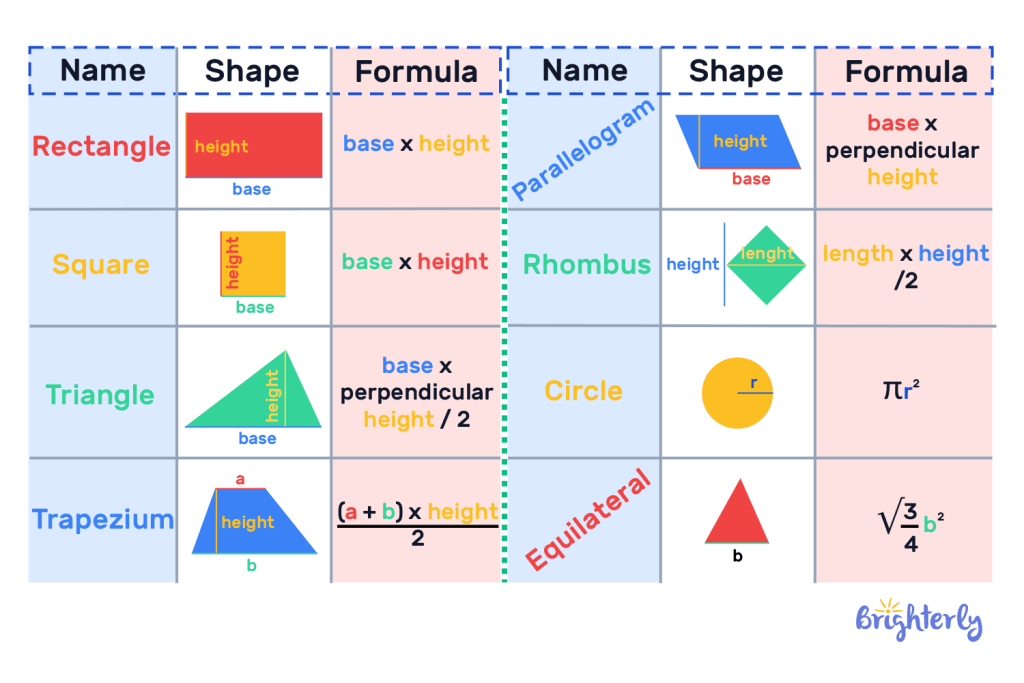
2D Shapes and 3D Shapes: Difference
A 2D shape is flat, like a square or a circle, with just length and width. It doesn’t have any height. A 3D shape, like a cube or a ball, has length, width, and height, so it’s not flat. The sides of 3D shapes are made of 2D shapes.
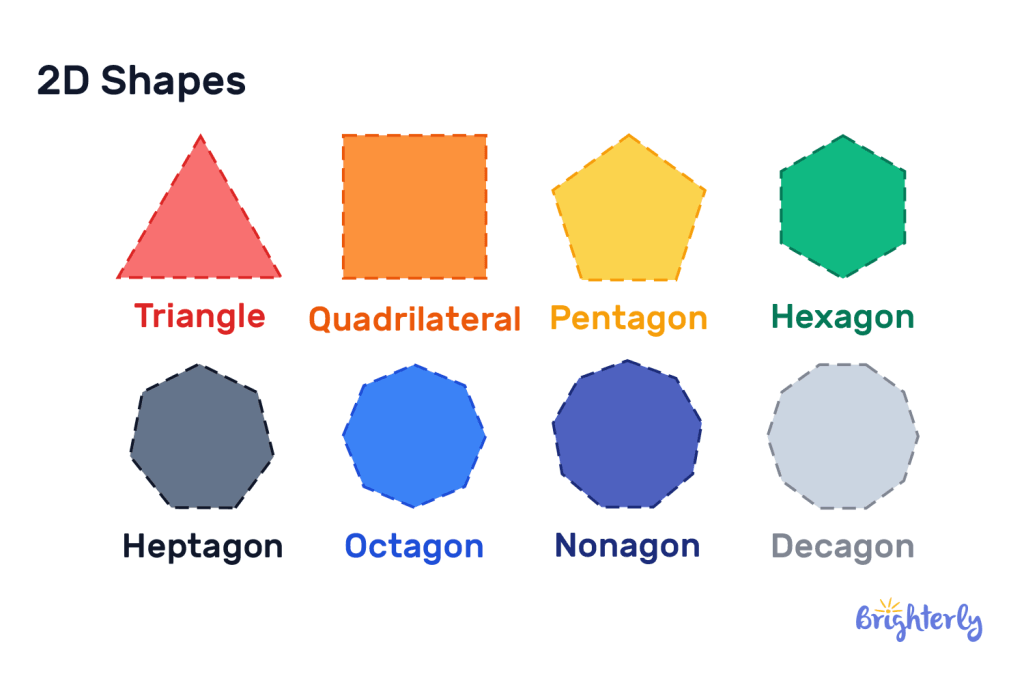
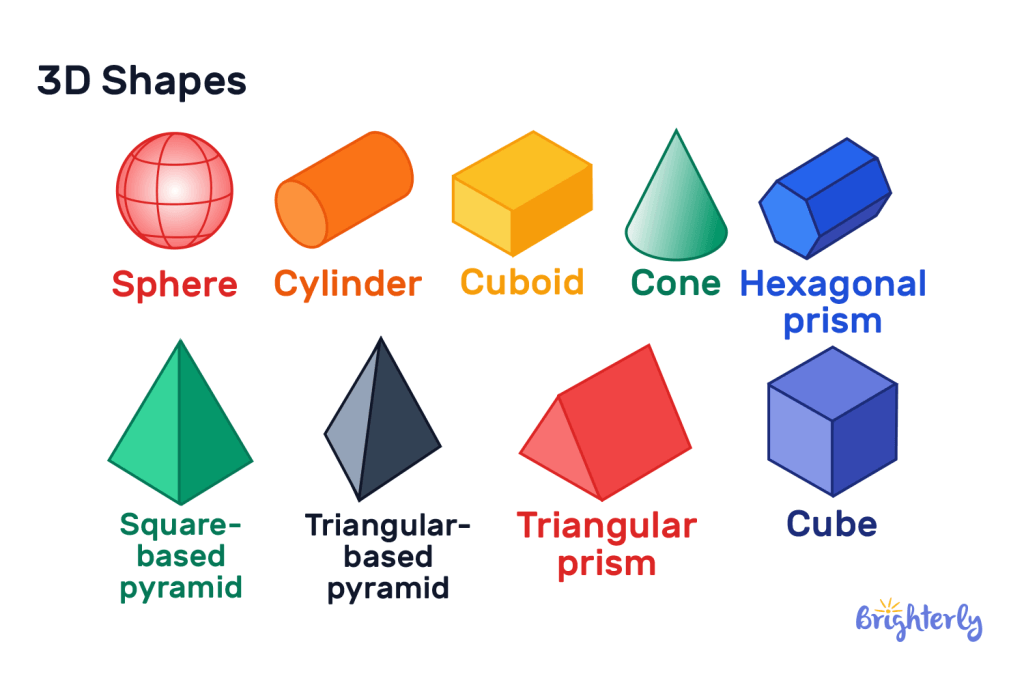
Solved Math Tasks: Examples
Example 1: Which of the following are geometry 2D shapes?
Square, Cube, Triangle, Circle, Sphere, Oval
Solution:
| Square, Triangle, Circle, Oval |
Example 2: State whether the following statements are true or false.
A 2D shape is flat.
A triangle is a 2D shape.
A 2D shape has three dimensions.
A square is an example of a 2 dimensional shape.
Solution:
| True |
| True |
| False. A 2D shape has only two dimensions: length and width. |
| True |
Two Dimensional Shapes: Practice Math Problems
Two Dimensional Shapes worksheets
For more detailed information on these 2D shapes names and laws guiding them, checking out Brighterly worksheets is the way to go. You can find detailed pieces you can use as teaching aids, like the following:


